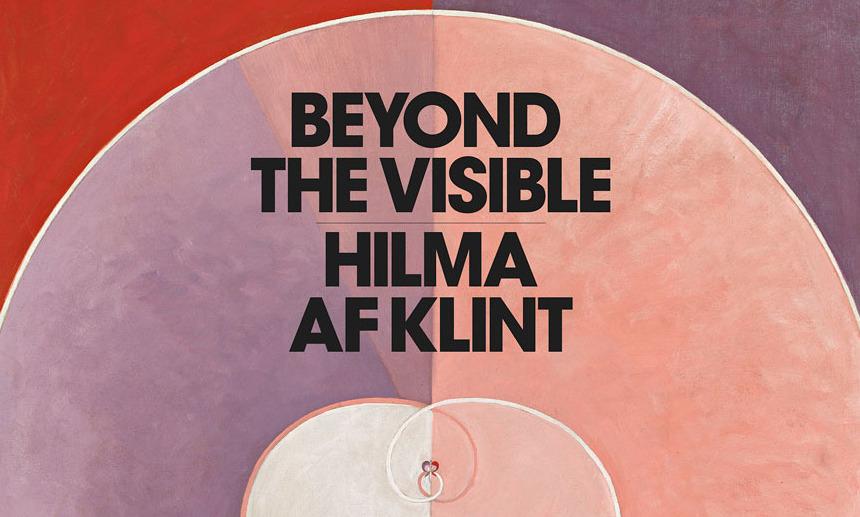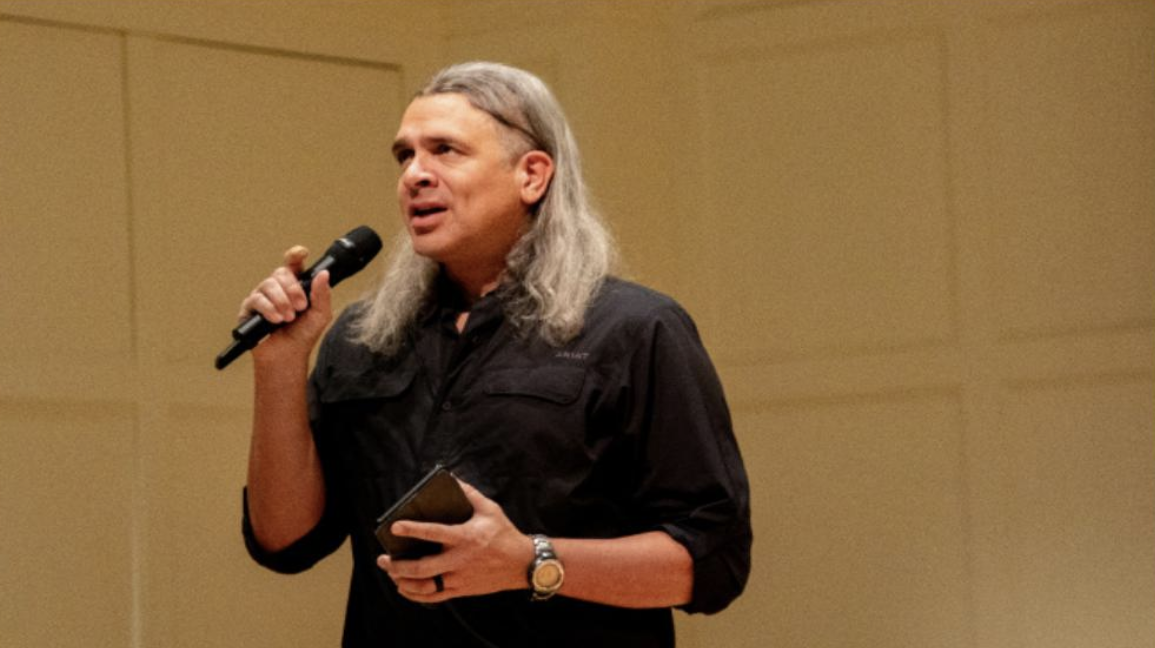The Swedish painter Hilma af Klint was largely unknown to the annals of art history until 50 years following her death in 1944. In Beyond the Invisible, director Halina Dyrschka unpacks the life history, profound legacy and aesthetic vision of the prolific abstractionist. The documentary is streaming on the Aperture Cinema website, and a portion of each ticket sale is shared with the local Winston-Salem theater. (Now, more than ever, it is important to support the arts and local businesses!)
Hilma af Klint’s Group IV, No. 3. The Ten Largest, Youth, painted in 1907, has been my iPhone background for over a year. I knew very little about af Klint, but the vibrant orange, pink and blue palette and the flowing spirals of Youth attracted me to her work. I wasn’t aware of the full breadth of af Klint’s oeuvre, nor how progenitive was her role in the history of abstract painting. Hilma af Klint, a woman artist in the late 19th and early 20th centuries, was a pioneer in the move from realism to abstraction. Painting at a time when scientific discovery was itself increasingly abstract, theoretical and, to the naked eye, imperceptible, af Klint endeavored to explore the situation of humanity within the universe of things. Her work deals nearly pedantically — and always psychically — with the forms and shapes of the physical world, incorporating atoms, waves, anatomy, organisms, their interconnection with one another and their place in the universe. As the science historian Ernst Peter Fisher emphasizes in the film, the visual spectrum of light — that which is detectable by the human eye — is only a small segment of a broader spectrum of waves. It was ostensibly af Klint’s project to imagine those outlying, invisible reaches of existence which to her constituted a higher form of consciousness.
The Russian painter Wassily Kandinski is often imagined to be the first abstract western painter, and many credit a group of works Kandinski created between 1911 and 1914 (his Blue Rider period) with being the first abstract paintings. However, af Klint’s work in abstraction began in 1906 in the form of a multi-phasic project called The Temple. One of the documentary’s strengths is its powerpoint-esque ability to quickly sweep through many consecutive paintings, to the effect of illustrating the fundamental forms and structures retained by entire families of work. This means of presentation is also used to identify instances in which prolific male abstractionists, such as Josef Albers, Paul Klee, Cy Twombly and Andy Warhol, seemed to directly incorporate af Klints forms, shapes and images. I was astounded to see Twombly’s untitled 1967 painting “Grey,” which frequently captivated me at the Peggy Guggenheim Museum in Venice, Italy, to have been prefigured by af Klint in 1896 with near exactitude. Furthermore, Warhol’s ubiquitous pop art icon Shot Marilyns, created in 1964, was achieved expertly by af Klint 30 years prior (sans gunshots).
Beyond the Invisible also explores af Klint’s personal endeavors, although little record of her life remains. Born at a Swedish naval academy to a family with a deep and extensive connection to nautical matters, af Klint was educated in astronomy, mathematics, and navigation — themes which would frequently surface in her art. After graduating with honors from the Royal Academy of Fine Arts, af Klint made a career as a contract sketcher and botanical artist. Privately, however, she began to experiment with increasingly abstract forms. Women artists were aesthetically constrained by the patriarchal nature of the art world, generally expected to produce sketches, portraits and landscapes. Resultantly, the colorfully unprecedented work af Klint produced privately was considered bizarre by her family and received little interest from those in the art world who witnessed it during her career.
Halina Dyrschka gathers a compelling and informative assembly of artists, historians and preservationists to tell the story of a painter whose historical presence has been as invisible and as powerful as the atomic activity she sought to portray. Beyond the Invisible does the valuable work of beginning the historical rewrite the revelation of af Klint’s life has necessitated.













